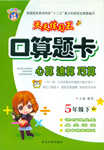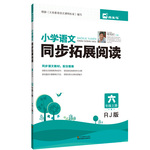题目内容
4. We waited with (anxious) for more news about the accident at the office.
4. anxiety

练习册系列答案
 口算心算速算应用题系列答案
口算心算速算应用题系列答案 同步拓展阅读系列答案
同步拓展阅读系列答案
相关题目
题目内容
4. We waited with (anxious) for more news about the accident at the office.
4. anxiety

 口算心算速算应用题系列答案
口算心算速算应用题系列答案 同步拓展阅读系列答案
同步拓展阅读系列答案